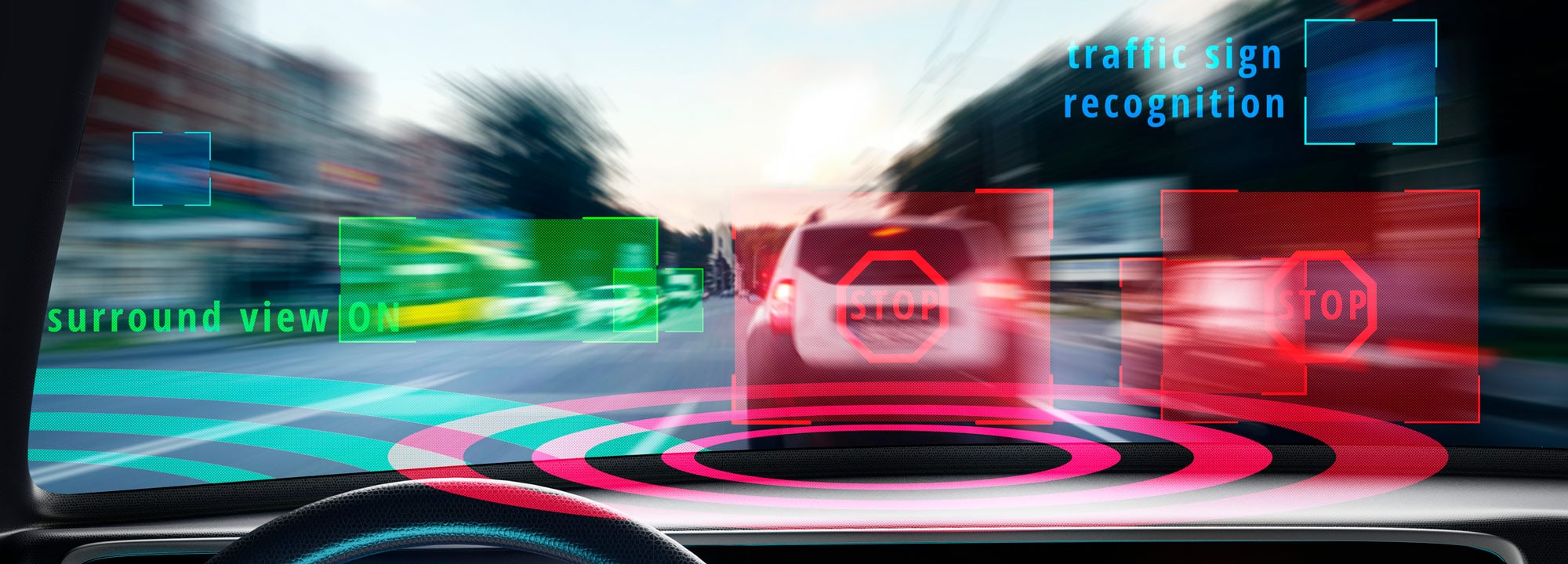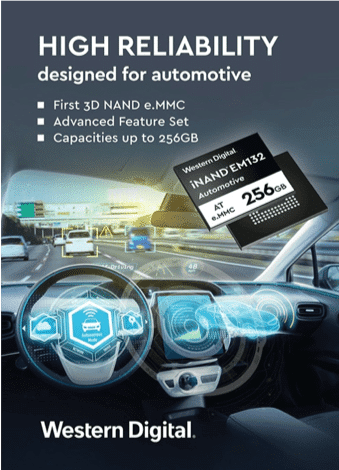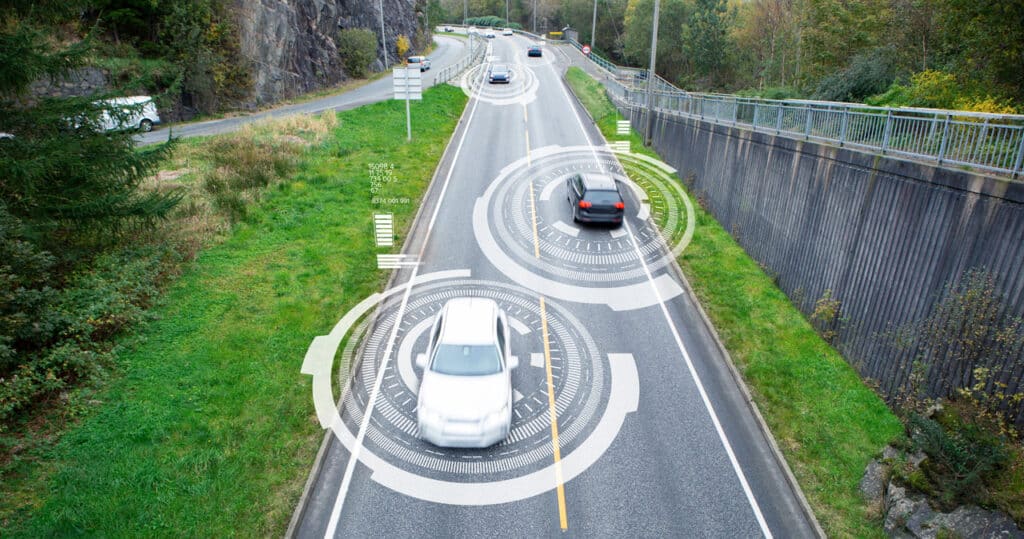3 Ways 5G will Enhance Automotive Safety
As 5G rolls out across the world, it will offer the next generation of mobile connectivity experience powered by a dramatic increase in speed and low latency. It will also open up possibilities for new mobile, gaming, health, edge and industrial applications – with a lot of hype and expectation. While we tend to associate 5G’s impact on our own personal devices, like phones and tablets, one of the areas where we’ll likely see the most significant impact will be automotive.
As transportation marches towards autonomous vehicles (we’re not quite there, but we’re getting closer), connected cars are beginning to look more and more like a small data center. These data hubs will be continuously pushing, and receiving, different kinds of data through the 5G network, with automotive safety as the primary goal. Here are three examples:
1. Next-Generation Maps

We’re already used to our maps being updated with live traffic conditions, but maps will evolve to absorb and deliver much more information in real-time. As we look into the near future, vehicles will amass abundant sensors and cameras, and they will be constantly surveying the road and their surroundings. When a car will recognize something different in the environment, such as new roads, construction, a change in the number of lanes or lane location, it will send that information to the cloud. There, a central database will be updated, and the information will be pushed out to other vehicles, and potentially others in the road network (like pedestrians and the roadside infrastructure) in almost real-time.
2. C-V2X Alerts
V2X (Vehicle-to-Everything) communication is the technology that allows cars to communicate with the different parts of the traffic system that may affect the vehicle, and vice versa. This includes vehicles, infrastructure and pedestrians.
Until 5G infrastructures have sufficient coverage, and are tested to meet automotive standards, V2X will be rolled out as DSRC (Dedicated Short Range Communication). DSRC allows vehicles to communicate with low latency (<100ms) directly with other vehicles or roadside units (RSU) with a line of site range of up to 300m. While this is already a huge evolution from where we are today, with 5G, we’ll see C-V2X (Cellular V2X) that will take this to a whole new level.
5G technology will allow cars to use the direct PC5 interface (where a device can communicate with another device over a direct channel) as well as the network Uu interface, which uses cell towers for radio access network. We’ll see even lower latency with 5G, the ability to communicate up to 600m for PC5 direct communication, and up to 2km with Uu. This means V2X will be able to include far more moving parts in the vehicle’s view, and more time (through larger distance) to react to road conditions ahead such as accidents, lane closures, icy or wet roads, and debris.

Furthermore, the PC5 interface also allows the vehicle to not only communicate with other cars and RSUs, but it will also have the potential to communicate with pedestrians and cyclists via their cell phones and potentially other devices. Why is this important? It could prevent accidents resulting from blind corners or people entering the street between cars. Both the vehicle and pedestrian/cyclist would be notified and can take appropriate action.
3. Software Updates and Services
The third safety feature that will be enhanced by 5G is over-the-air (OTA) software updates. While this exists already today on some vehicles, it will become standard on all vehicles in the future. As we look at the cars of the future, the number and type of applications, sensors and cameras will continue to increase, and they will all rely on interdependent services. All these applications will need to regularly be maintained and updated.
The algorithms behind autonomous and smart vehicles will continue to learn and mature as they capture data and push it out to cloud data centers for analysis. As these software elements get smarter, they will then be updated and dispatched over 5G through the vehicles OTA module as part of the telematics gateway. These type of updates will become as common, and likely as frequent, as we have been accustomed to with our smart phone updates.
Enhancing Automotive Safety with Storage
How does data storage play a role in all of this? For one thing, maps, V2X security keys, application software, data logging, OTA buffering and the millions of lines of software code that already exist in vehicles are, and will continue to be, stored in the vehicle on NAND flash-based products.

As cars become more data-rich, we need to ensure data will move optimally and reliability between the different auto systems at all times. That’s why we’re focused on advancing NAND-based storage and features to further alleviate performance bottlenecks, increase capacity to handle more on-board data and deliver higher reliability in automotive use cases (such as vibration, heat, cold weather, etc.).
With V2X going far beyond just the vehicle, storage will also be vital in RSUs, smart city devices such as traffic signals and the edge and cloud data centers that gather and process this ecosystem of data. But how do all these pieces work together? Last month joined the Automotive Edge Computing Consortium (AECC) to help drive open distributed computing infrastructure for connected vehicles together with mobile network operators, automotive manufacturers, and communication leaders.
While 5G will enable massive automotive data to move quickly with low latency, our job is to build the optimal foundation for data to be captured, preserved, accessed and transformed, so drivers and passengers will be safer on the road.
Webinar: Storage Design for Connected and Autonomous Cars
Understanding the right data storage solution is key to enabling the connected and autonomous cars of today and tomorrow.




